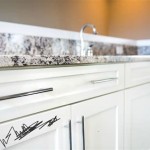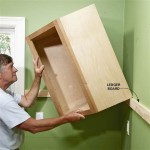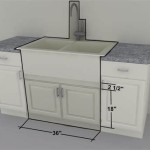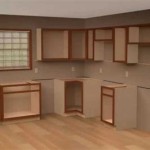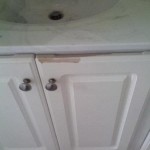Painting Kitchen Cabinets Antique White Glaze: A Comprehensive Guide
Transforming your kitchen cabinets with an antique white glaze finish can add timeless charm and character to your space. This technique involves layering multiple coats of paint and glazing to create a subtle, aged appearance that complements various design styles. Whether you're a seasoned DIY enthusiast or embarking on your first cabinet painting project, this comprehensive guide will provide you with all the essential steps and tips to achieve a flawless antique white glaze finish.
Materials You'll Need:
- Cleaning solution
- Sandpaper
- Primer
- Antique white paint
- Glazing medium
- Glaze color
- Polyurethane
- Brushes and applicators
1. Preparation:
Begin by thoroughly cleaning the kitchen cabinets with a degreasing cleaner to remove any dirt, grease, or debris. Sand lightly with fine-grit sandpaper to create a smooth surface for the paint and glaze to adhere to. Apply a coat of primer to protect the wood and enhance the paint's adhesion.
2. Painting:
Choose an antique white paint that aligns with your desired aesthetic. Apply two thin coats of paint, allowing ample drying time between each coat. Sand lightly between coats to remove any brush strokes or imperfections.
3. Creating the Glaze:
Combine equal parts glazing medium and glaze color in a separate container. Adjust the proportions as needed to achieve a consistency that allows for smooth application without dripping. Avoid using too much glaze, as it can obscure the antique white underneath.
4. Applying the Glaze:
Apply the glaze mixture to the painted cabinets using a brush or sponge. Work in small sections, applying the glaze evenly and removing any excess with a clean cloth or brush.
5. Drying and Distressing:
Allow the glaze to dry for the recommended time specified by the manufacturer. Once dry, you can create a distressed effect by gently sanding certain areas with fine-grit sandpaper. This will reveal the antique white underneath, adding depth and character to the finish.
6. Finishing:
Apply a clear polyurethane to protect the glazed surface from wear and tear. Choose a polyurethane with a matte or satin finish to preserve the antique aesthetic. Apply two or three thin coats, sanding lightly between each coat to achieve a smooth and durable finish.
Tips for a Successful Antique White Glaze:
- Practice on a scrap piece of wood to perfect your glazing technique.
- Allow ample drying time between each step to prevent smudging or peeling.
- Use a high-quality brush or sponge for glaze application to avoid brushstrokes.
- Experiment with different glaze colors to achieve the desired level of aging and warmth.
- Handle the finished cabinets carefully until the polyurethane has fully cured.
Conclusion:
Painting kitchen cabinets with an antique white glaze is an elegant and rewarding DIY project that can instantly transform your kitchen's ambiance. By following the steps outlined in this guide and incorporating the provided tips, you can achieve a professional-looking antique white glaze finish that will add timeless beauty and character to your home.

How To Glaze Kitchen Cabinets Diyer S Guide Bob Vila

Cabinet Refinish Diy Simple Paint And Antique Glaze Kitchen Cabinets

Rescuing And Reviving A Glazed Distressed Kitchen Bella Tucker

How To Glaze Cabinets At Home With The Barkers

Painted Kitchen Cabinet Details Antique White Cabinets Renovation

Antique White Kitchen Makeover Distressed Cabinets Stained

Painting Kitchen Cabinets Antique White Pictures Ideas

How To Glaze Kitchen Cabinets

Antique White Milk Paint Kitchen Makeover General Finishes Design Center

Classic Kitchen General Finishes Design Center
Related Posts

